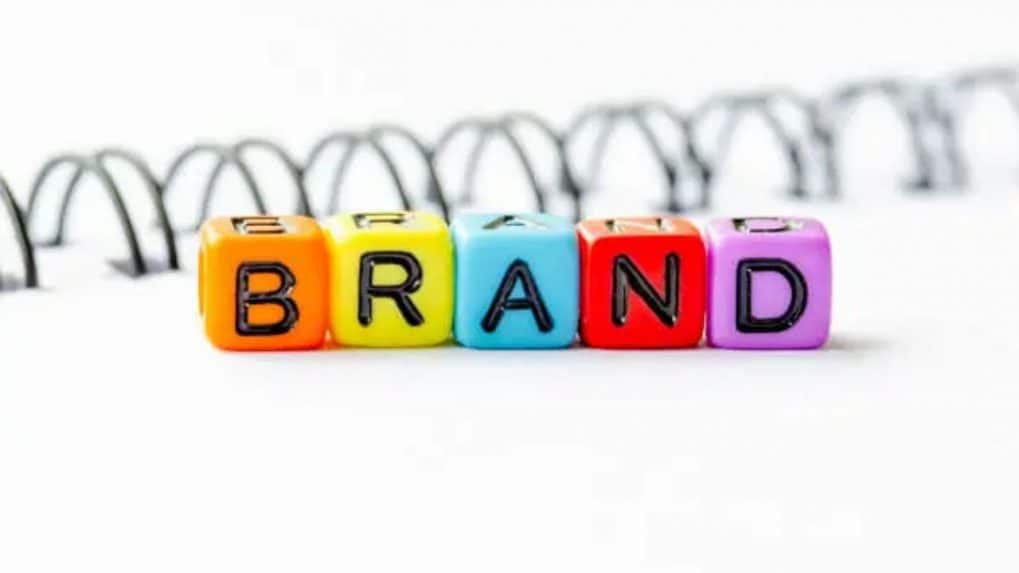Are legacy brands losing their place in Indian households?
As new-age brands rewrite consumer expectations with agility and authenticity, legacy players insist they are far from outdated - retooling trust, innovation, and scale to stay in the modern Indian household.
ADVERTISEMENT
When you step into a modern Indian household today, chances are you’ll find a mix of brands that didn’t exist even a decade ago- from Wakefit mattresses, Licious chicken, boAt headphones, The Whole Truth chocolates, Atomberg fans, and Nestasia home décor.
This gradual reshaping of Indian homes points to a deeper shift in consumer trust and preferences. New-age brands are winning over hearts and habits, often at the expense of legacy players. But does this mean older giants are losing relevance? Not quite, argue industry leaders. Instead, the story is about agility versus scale, and the evolution of consumer consciousness.
“New-age brands look consumer-centric because they’re built for agility”
Rajiv Dubey, VP Marketing at Dabur India, believes the perception that legacy brands are out of touch is misleading. “New-age brands appear more consumer-centric primarily due to their design for agility. Being digitally native, they are closely connected to consumer data and can pivot quickly,” he explained.
“But legacy brands like Dabur are equally attuned to consumer needs- our survival and growth over a century is proof of that.”
He pointed to Dabur Honey Squeezy, a no-drip, easy-pour innovation born from consumer complaints about messy glass jars. “This was created for young parents and fitness enthusiasts who want hygiene, speed, and convenience,” Dubey said.
Similarly, Real Fizz, a fruit-based fizzy drink, was designed around shifting snacking patterns. “Consumers want brands to be intuitive, fast, health-conscious, and emotionally resonant. That’s pushing all of us into a constant state of listening and adaptation,” he added.
“Legacy is not a burden, it’s a reservoir of trust”
Dubey also dismissed the idea that legacy slows companies down. “Legacy isn’t a constraint, it’s a reservoir of trust, insight, and reach. The challenge lies in marrying scale with speed,” he said.
On why legacy brands sometimes appear slower than D2C players, Dubey was candid: “What is often missing isn’t capability, but risk appetite and organizational flexibility.”
“Choice is the biggest disruptor of our times”
Pawan Sarda, business leader and former Group CMO of Future Group, zoomed out to place this shift in historical context.
“Before liberalisation, there was no choice. If you wanted a watch, it was HMT. If you wanted a scooter, you had to wait years. Brands didn’t need to tell stories,” he said.
Read more: Virality Over Value? Is India’s iconic brand-building playbook at risk in age of influencers
Post-liberalisation, “choice exploded and brands had to win consumers with narrative, relevance, and value. Today, we’re in another era, with rising incomes, health consciousness, and global awareness creating entirely new categories.”
He cited how Ayurveda went mainstream only after Patanjali disrupted the market. “Legacy brands followed quickly because consumer sentiment demanded it. That’s not irrelevance, that’s adaptation.”
Sarda believes legacy players still hold an edge in scaling. “The hard part for D2C brands isn’t going from 1 to 100, that’s easy. It’s going from 100 to 1,000. That’s where most struggle. Legacy brands like Maggi may lose some share, but in value terms, they’re still dominant,” he said.
“Trust today is not inherited, it’s earned every day”
For Shubhranshu Singh, business leader, marketer and member of the board of the EffieLIONS foundation, the real story is about the changing architecture of trust.
“What we are seeing is more than a marketplace shuffle, it is a subtle but profound shift in the architecture of trust within Indian households,” Singh said.
“New-age brands like Wakefit, Teabox, and The Whole Truth are not just winning mindshare but earning hearts and habits. Today, consumer trust is not conferred but continuously earned. Brands that win are conversational, transparent, and emotionally intelligent.”
He added that these D2C players succeed because they reinterpret tradition, not reject it.
“Clean ingredients, honest storytelling, and intentional living align with age-old Indian values of satya (truth), swasthya (health), and samvaad (dialogue). That’s why they feel both modern and rooted.”
The household test: old guard vs. new-age
The real battleground is inside homes.
A quick survey of consumer baskets shows how quickly new-age brands have colonized daily life: Wakefit mattresses, Licious chicken, Boldfit gymwear, Muscleblaze protein bars, Nestasia home décor, Bombay Shaving Company trimmers, Teabox tea, and Mylo diapers.
As one consumer put it, “Many of these brands are a lot more consumer-centric compared to legacy brands. If they stay that way, they’ll keep taking market share from older players.”
Read more: Influencer marketing booms, but brands still flying blind
And yet, legacy brands are unlikely to vanish. Instead, as Sarda and Dubey both argue, they will adapt, expand portfolios, and lean on their distribution and trust to stay relevant.
India today is in the middle of a once-in-a-generation brand-building moment. Per capita incomes are rising, consumerism is deepening, and brand loyalty is being redefined.
“To thrive, brands must no longer ask what will make consumers buy, but what will make them believe,” Singh sums up.
For legacy brands, that means reinventing agility without losing trust.

